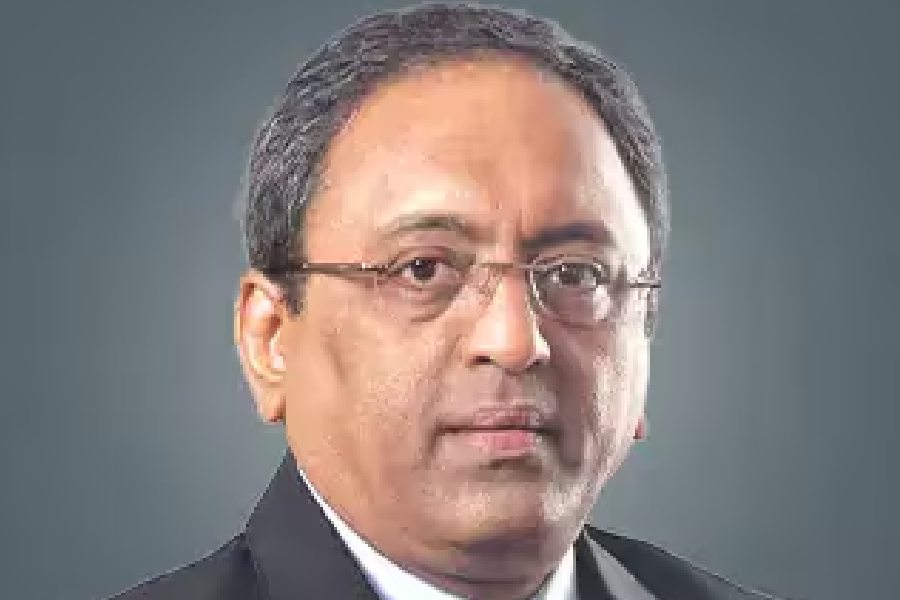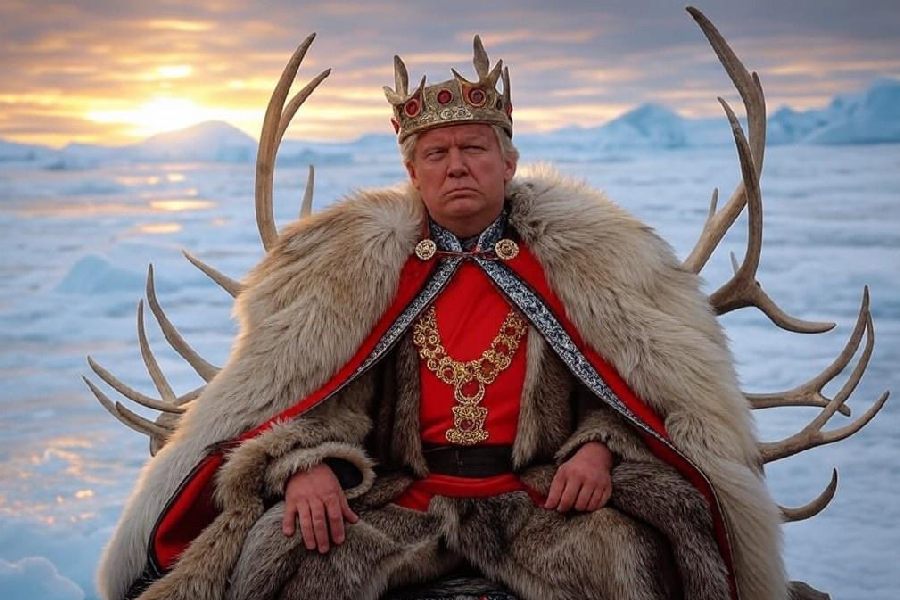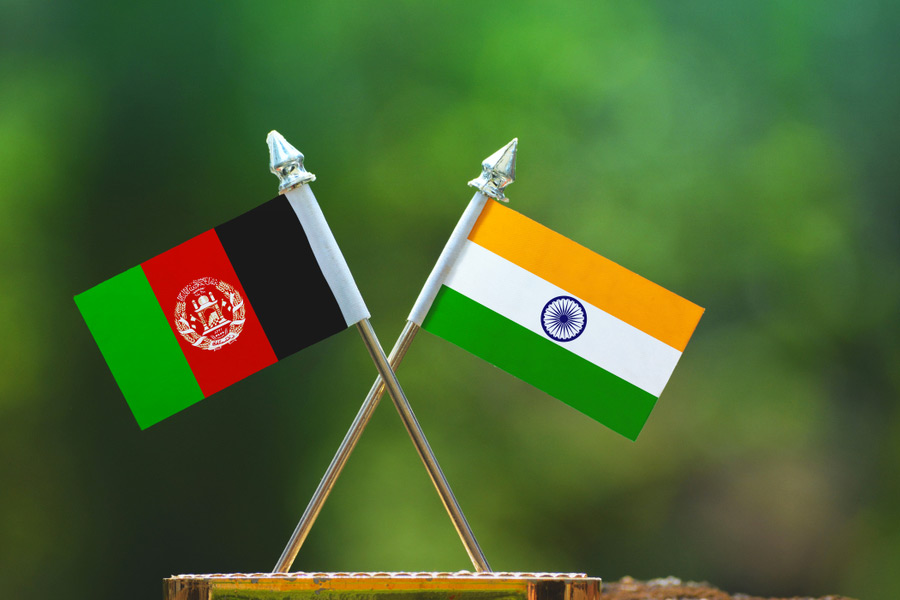Rahul Gandhi’s two-decade-old political career can perhaps be summarised as a series of bright sparks, all of which failed to catch fire in the popular imagination.It is unsurprising then that his latest political outreach — the BharatJodo Yatra — has generated predictable bouts of dismissiveness among the commentariat.
While a healthy dose of scepticism is not unwarranted, much of the criticism has been unfair and has stemmed from a wrong-headed appraisal of the goals of the yatra. Any political initiative ought to be judged within the parameters of what it seeks to achieve. This article will try to flesh out what the Bharat Jodo Yatra is really about (and what it is not about) and, in doing so, address several points of rather facile criticism that have been levelled against it.
To put it in one line, the Bharat Jodo Yatra is singularly geared towards the 2024 general elections,with the objective of positioning the Congress as a viable national alternative to the Bharatiya Janata Party. It is neither a blueprint for the Congress’srevival nor a strategy for winning state elections in the intervening period.
In the reading of this author, underlying the yatra are two working assumptions.
First, that the role of the top leadership of the party, particularly Rahul Gandhi, should be limited to constructing the national platform of the Congress for the general elections. State elections, especially against the BJP, must be fought on local issues, through campaigns helmed by state-level leaders. This localised strategy was, in fact, key to the Congress’s victories over the BJP in Rajasthan, Madhya Pradesh and Chhattisgarh in 2018, as well as its creditable performances in Maharashtra and Jharkhand in 2019. In all of these state election campaigns, the Gandhis were either largely invisible or played only a token part, preventing the BJP from making the elections a referendum on ideologically charged national issues.
The insistence, then, that the absence of poll-bound Gujarat and Himachal Pradesh from the yatra route represents a telling political oversight is quite a thoughtless censure.In both of these states, the BJP’sgovernment at the Centre is far more popular than its state governments. The Congress is right not to insert a high-voltage national campaign into these electoral battlegrounds, where it is playing on state-level anti-incumbency.
The second working assumption of the yatra is that the ideological centre of the Congress’s national campaign for 2024 should be rooted in the 60 per cent of the national electorate that does not vote for the BJP. The Bharat Jodo Yatra, in the words of the Congress leader, Jairam Ramesh, is meant to build a platform against the BJP on three planks: economic disparity, social polarisation and political centralisation. The latter two planks are critical to attracting the large anti-BJP constituency in states like Punjab and Kerala, the Congress’sonly sources of solace in 2019, where it now faces a more formidable Aam Aadmi Party and Communist Party of India (Marxist), respectively.
Further, these ideological planks will also lend more coherence to possible grand alliances in states like Bihar and Maharashtra. It is true that not many of these 60 per cent ofnon-BJP voters are overly concerned about issues like communal conflict or civil freedoms. These concerns are mostly limited to religious minorities and the intelligentsia. Yet, the plank of political centralisation — specifically the BJP’s assault on federalism and its crackdown on political parties using State institutions — does animate a large degree of popular consternation.
India is certainly not polarised along the strictly-defined ideological lines of religious nationalism and liberalism/pluralism. But there is indeed an incipient political polarisation, a fainter echo of the Congress/anti-Congress divide that structured politics during the Indira Gandhi years. In a recent India Today Mood of the Nation survey, 48 per cent of respondents agreed that Indian democracy might be in danger. The survey also reflected a high-level of disapproval for high-handed tactics such as raids by the Enforcement Directorate or the breaking up of political parties. As the BJP proceeds on its project of ruthless national expansion, steamrolling political opponents, it also risks fomenting as trong counter-mobilisation among caste and linguistic-based constituencies that underlie these parties.Rahul Gandhi is attempting to make the Congress the principal vehicle(and the Oppositional glue) of this counter-mobilisation.
This is why the Bharat Jodo Yatra shouldn’t have been restricted to just economic concerns, as some commentators have argued. However, it is true that the economic plank is indeed the most potent component of the anti-BJP platform. Consider a few statistics from the India Today MOTN survey: almost 60 per cent of respondents say that price rise and unemployment are the biggest failures of the Narendra Modi government; 67 percent of respondents say that their economic condition is the same or worse since Modi came to power in 2014; and 51 per cent of people believe that the economic policies of the Modi regime mostly benefited big businesses. The Congress seeks to instrumentalise this economic anguish in the 180-odd seats (mostly in North and West India)where it is in direct opposition to the BJP. But even in these states, the locus of the Congress’s designs need not be the 30-40 per cent of the electorate that forms the base of the BJP, but the additional, floating 15-20 per cent of voters who swing towards the BJPin national elections. Thus, the arguments that the Bharat Jodo campaign should have necessarily cast a wider ideological net or incorporated elements of softer Hindutva are also not quite convincing.
The Congress roadmap for 2024 is much like it was in 2004: project itself as the nucleus of a larger Opposition, and articulate a vision that exploits the vulnerability of the ruling regime.The grandness of the Bharat JodoYatra should not confuse the observer about the modest nature of its ambitions.In the view of this author, the goal of the Congress in the 2024 elections appears to be (and ought to be) to cross 100 seats. It’s a difficult, but not unachievable, target.
In 2004, the Congress won 145 seats.Of these, 44 seats came from Andhra Pradesh (29), Uttar Pradesh (9) and Bengal (6), which can be virtually written off this time around. In the remaining states where the party managed to score 100-odd seats in 2004, the Congress is still a competitive force.The Bharat Jodo Yatra rightly focuses its efforts on these high-return states — as opposed to states like UP, Bihar and Bengal, where the party has almost completely collapsed. The route of the yatra (taking out UP and Telangana) covers states which gave the party 66 seats in 2004. A similar performance in the next elections would not only drag the party closer to the three-digit seat barrier but also ensure that the BJP falls significantly short of an electoral majority.
Therefore, the criticism that the Bharat Jodo Yatra privileges the Congress’s strongholds over its weaker turfs suffers from a fundamental misunderstanding. The yatra is not an instrument of party revival but of party survival. A third successive rout in the national elections would likely give way to rapid disintegration and hasten its demise as the country’s primary Opposition force.
Of course, the bind for the Congress is that it is already in a state of terminal decline. Any serious plan of revival would necessarily involve a thoroughgoing structural transformation:dismantling the fossilised party bureaucracy manned by rootless leaders and instituting the principle of inner-party competition; a generational transition promoting a younger leadership over a feckless old guard; and a detailed state-by-state blueprint of clawing back political territory. None of these steps is part of the Bharat Jodo Yatra, although they did find some space in the future vision enunciated by the party during its Chintan Shivir earlier this year.
It does seem now that these structural reforms, to the extent that they were intended as a sincere plan of action (and not just as a public relations exercise), have been put off until the next general elections. Rahul Gandhi has signalled that he would shirk away yet again from assuming the mantle of the Congress presidency.A non-Gandhi Congress president(essentially beholden to the Gandhi family and without an independent base of party support) would be singularly unsuited to carry out these important reforms. Nevertheless, the Bharat Jodo Yatra, the biggest mass outreach programme of the Congress in at least three decades, is a significant political exercise that needs to be judged on its own merits. Over the last eight years,a lot of commentators have laboured over a central question: what is the alternative national vision presented to the people by the Opposition? The Bharat Jodo Yatra attempts to do just that, and in the manner that political visions are seriously articulated— through a sustained mass contact project. It should be met with guarded scepticism, not a reflexive dismissal.
(Asim Ali is a political researcher and columnist)











